Diabetes Screening Form

This is a diabetes screening questionnaire form which allows healthcare providers to collect information for diagnosing a patient for diabetes. It includes most information required for such diagnosis including previous or family history of diabetes, diet, physical activity and common symptoms associated with diabetes. Clone this form into your account and have patients fill it out at your office.
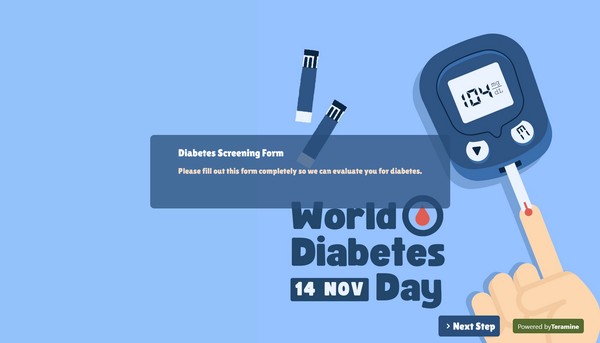
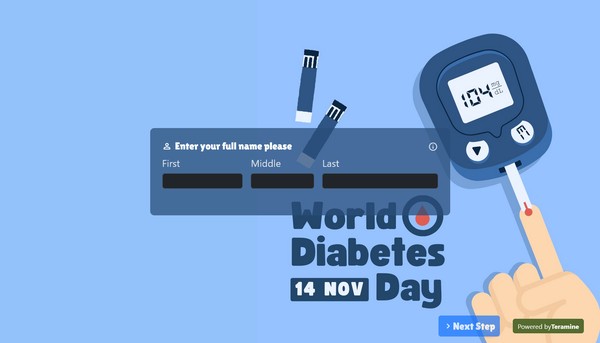
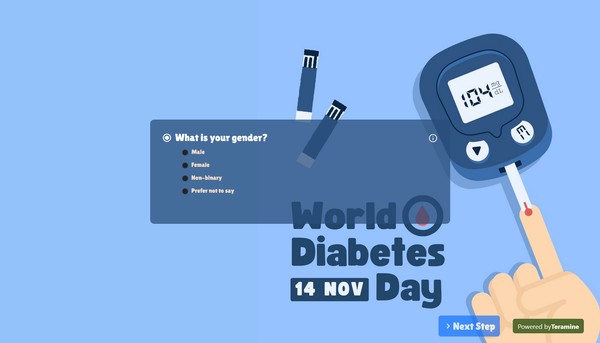
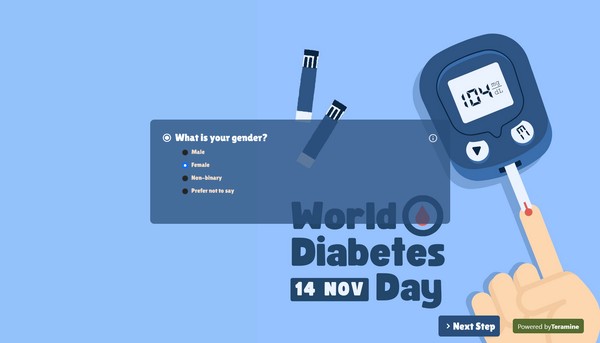
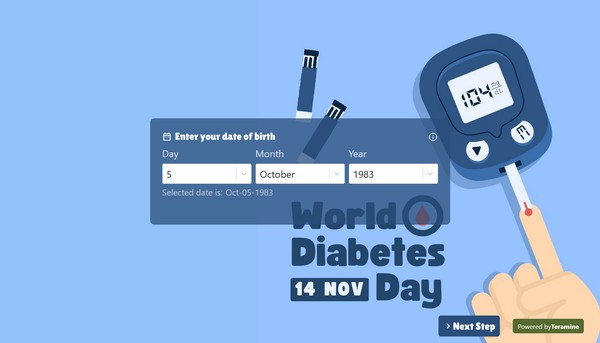
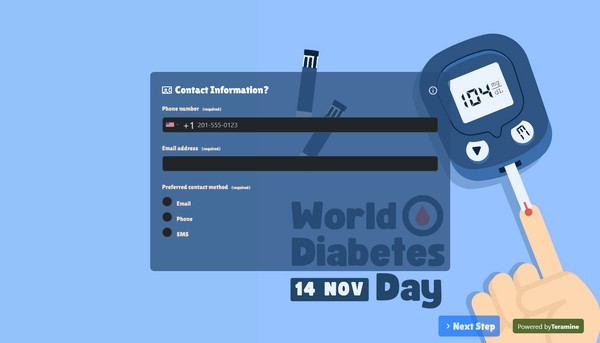
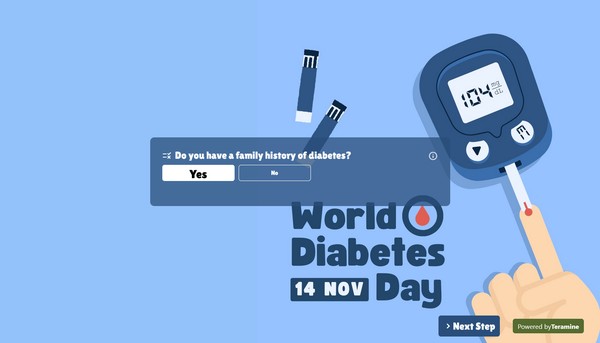
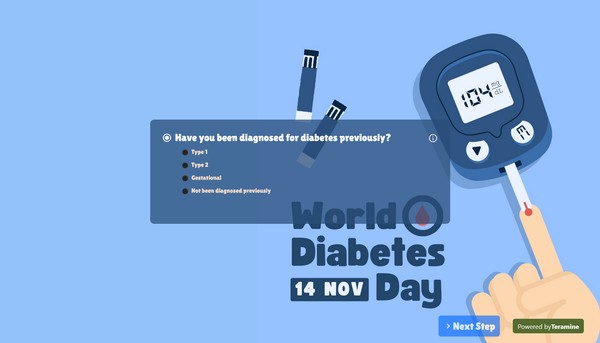
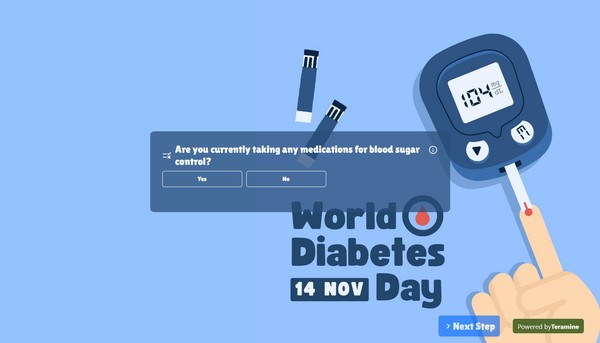
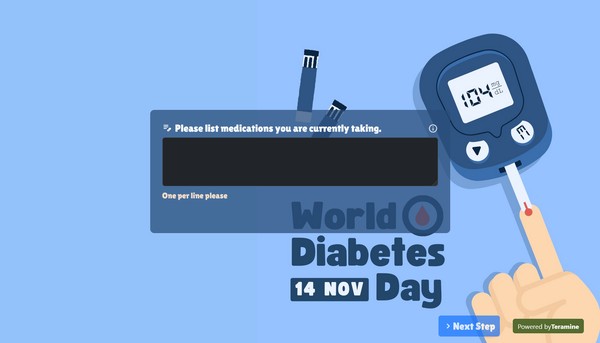
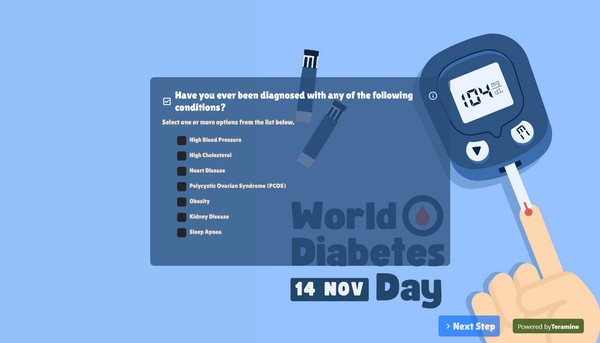
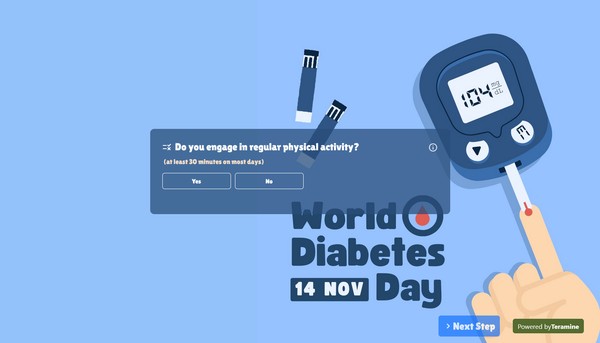
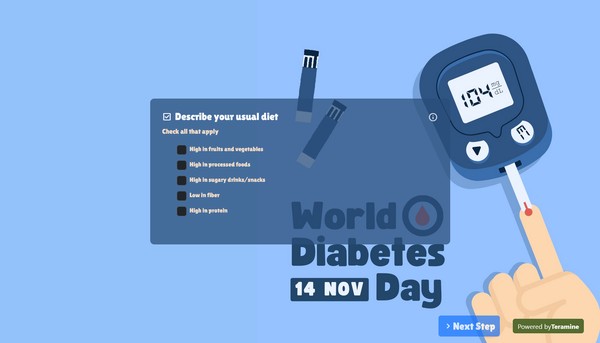
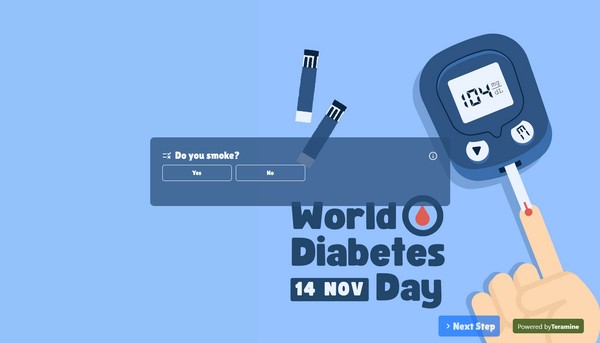
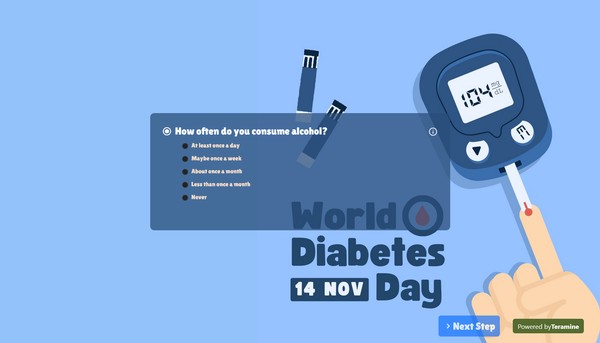

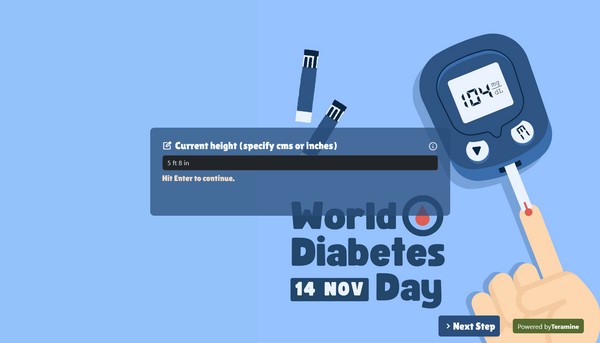
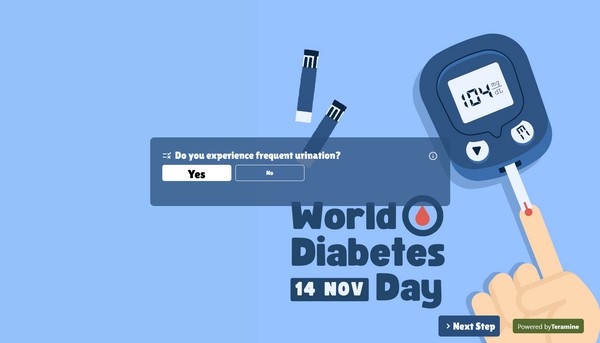
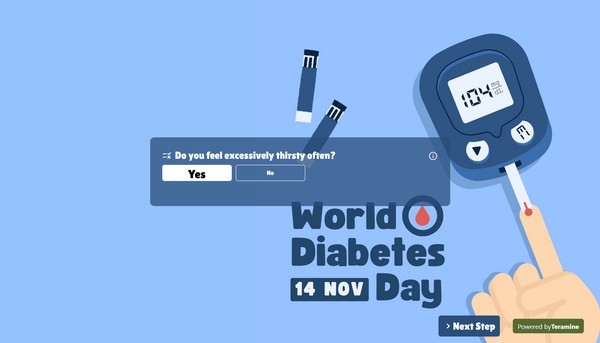
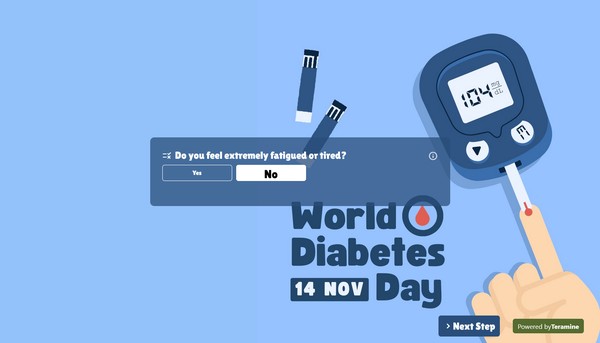
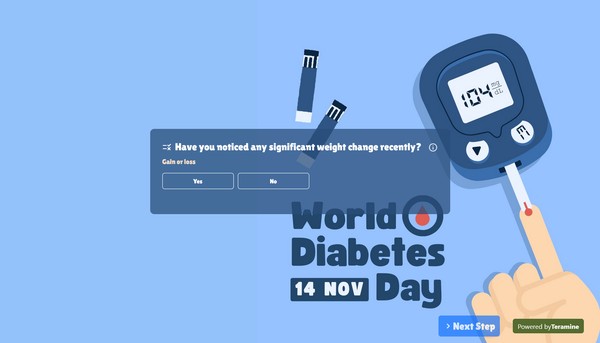
Diabetes Screening Form FAQs
A Diabetes Screening Form is a standardized document used by healthcare providers to assess an individual's risk for diabetes or to determine the presence of the disease. Typically, this form gathers essential information such as personal health history, family history of diabetes, lifestyle factors, and specific indicators like body mass index (BMI), blood pressure measurements, and glucose levels. The data collected through this form aids in early detection and diagnosis, facilitating timely interventions to manage or mitigate the risk of diabetes. For clinics and hospitals, having a structured approach through such forms ensures consistency in patient evaluations and helps in maintaining comprehensive medical records for better healthcare delivery.
A comprehensive Diabetes Screening Form is essential for collecting pertinent information to assess an individual's risk for diabetes. Below are the key components that should be included in such a form:
Personal Information
- Full Name
- Date of Birth
- Gender
- Contact Information (Address, Phone Number, Email)
Medical History
- Family History of Diabetes (Including type and relation)
- Personal Medical History, including any previous diagnoses of prediabetes or gestational diabetes
Lifestyle Factors
- Physical Activity Level
- Dietary Habits
- Smoking or Alcohol Use
Anthropometric Data
- Height and Weight
- Waist Circumference
Biometric Measurements
- Blood Pressure
- Recent Blood Sugar Levels (if available)
- HbA1c Levels (if available)
Symptoms Assessment
- Frequent urination
- Unexplained weight loss
- Increased thirst and hunger
- Fatigue and blurry vision
Risk Factors
- Ages 45 or older
- Overweight or Obesity Indicator
- Sedentary lifestyle
- History of cardiovascular diseases
Screening Tests
- Recommendations for fasting plasma glucose test, oral glucose tolerance test, or an A1c test based on risk assessment
Consent and Compliance
- Patient Consent for underdoing screening
- Acknowledgement of understanding related to screening instructions
Healthcare Provider Information
- Name of Physician or Healthcare Provider
- Contact Information for follow-up
Each section must be designed to efficiently capture critical data while ensuring patient confidentiality and compliance with healthcare regulations, such as HIPAA in the United States. Proper design and implementation of this form can facilitate accurate risk assessment and prompt intervention.
Implementing a Diabetes Screening Form offers several advantages, particularly in healthcare settings. Here are some key benefits:
Early Detection: Screening forms can help identify individuals at risk of diabetes before symptoms manifest, enabling early intervention and management.
Improved Patient Outcomes: By facilitating timely diagnosis, these forms contribute to better long-term health outcomes, helping to prevent complications associated with diabetes.
Cost-Effectiveness: Early detection and management often lead to reduced healthcare costs over time by minimizing the need for expensive treatments associated with advanced diabetes complications.
Data Collection and Analysis: Screening forms provide a structured method for gathering critical health data, allowing healthcare providers to analyze trends and improve care strategies.
Personalized Care: By capturing detailed health information, screening forms assist in tailoring personalized treatment plans to address individual patient needs more effectively.
Enhanced Preventive Measures: With early information, healthcare providers can recommend lifestyle changes and preventive actions to individuals at risk, potentially preventing the onset of diabetes.
Streamlined Process: Having a standardized form streamlines the screening process, ensuring consistency and comprehensiveness in patient evaluations.
Increased Awareness: Regular screening helps raise awareness about diabetes and its risk factors among patients, ultimately encouraging healthier behaviors.
Incorporating a Diabetes Screening Form into routine check-ups can significantly enhance the efficiency and effectiveness of diabetes management and prevention efforts.
Yes. We take the security of your data very seriously. We have built our application in compliance with the latest security standards. Your data is locked down with access allowed only after strict security checks. In addition, we use the latest SSL encryption standards to protect your data in transit from our servers to your device. You can also protect your forms by using our captcha widgets to prevent spam.'



















